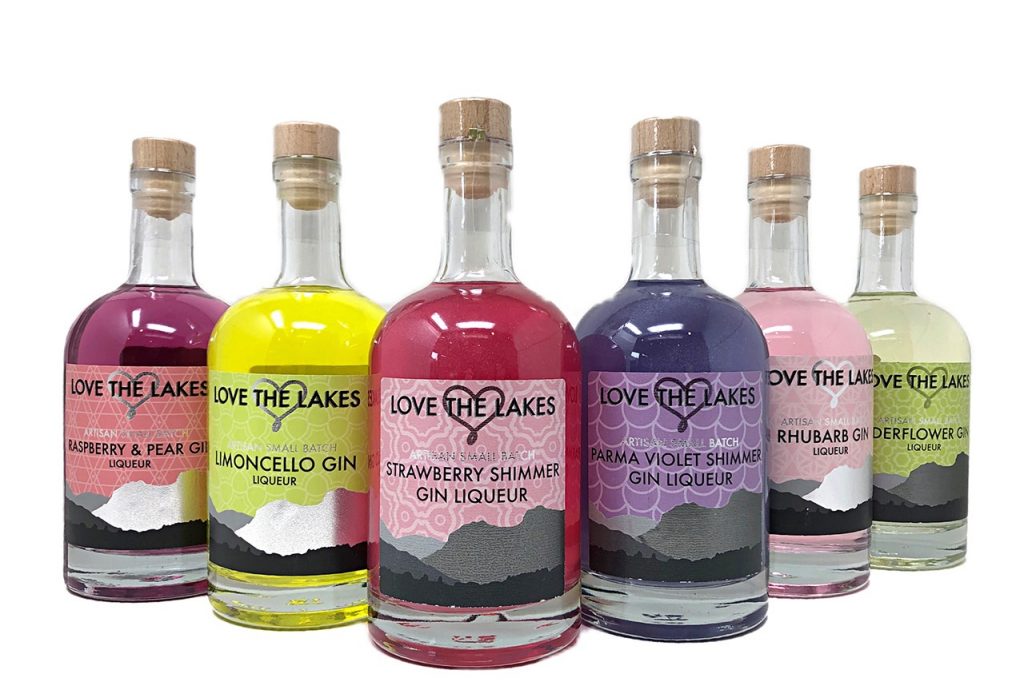There’s a lot of buzz in the business world about sustainability. Although most businesses like the idea, many are unsure of how to make it a reality. Sustainability has a reputation for coming with a high price tag. Not only are the materials more expensive but the quality sometimes suffers as well. How can you protect the environment without sacrificing your budget or quality? Eco-friendly labels might be the perfect solution for you.
You know the importance of making your label eco-friendly but what does that really mean? How can you ensure you’re using the right materials to consider your label environmentally sound? There are three ways you can ensure your label is eco-friendly:
- It uses recycled materials from either the manufacturing process or from post-consumer waste.
- It has recyclable materials so when the consumer discards your product, the label can be recycled.
- It contains renewable materials, which means it comes from resources that are quickly replenished, such as corn, sugarcane, cotton and bamboo.
The label industry is quickly adopting sustainable business practices by offering a wide variety of eco-friendly materials for you to use on your products. Labelservice is one of the foremost suppliers of Biodegradable and Compostable labels in the UK. We use the very latest special materials, adhesives and inks to give you a solution that is fully compliant to the European Standard for Compostable Packaging (EN13432).
A shrink sleeve label is a favourite type of label material for bottled products. There is no adhesive used during the labelling process, so the recyclable material you’re using for your container won’t be contaminated. The labels are attached to your bottles using a shrinking process. Then, when the product has been consumed, customers or the recycling compound can easily cut off the label and recycle the packaging.
Polyactic Acid (PLA) labels use renewable resources, such as corn, wheat and other starchy materials. They look and feel like petroleum-based plastics but are made out of more environmentally sound resources. You can use PLA labels in a variety of applications but are most popular with bath and beauty products. That’s because they’re naturally resistant to water and oil.
Do you love the look of paper labels but hate the idea of tearing down the rainforest? Tree-free label stock looks like white paper stock but is made from cotton, bamboo and sugarcane instead. These labels are perfect for food and beverage products, such as wine labels or jars of jam.
How about reusing your buyer’s waste to make something new and beautiful? That’s exactly what you’ll do when you use Kraft or Vellum labels and stickers. These labels are made from 100% recycled consumer waste. Kraft labels offer an earthy and organic look and feel, while Vellum creates a more elegant looking material. Both are suitable for machine application. Using eco-friendly labels does more than help the environment. It helps your brand create a stronger image with the public by showing you care about the world we live in. Environmentally conscious consumers will appreciate your effort. Consumers who are less concerned about using recyclable or renewable product materials will still be drawn to the attractive look of these labels. It’s a win-win.

